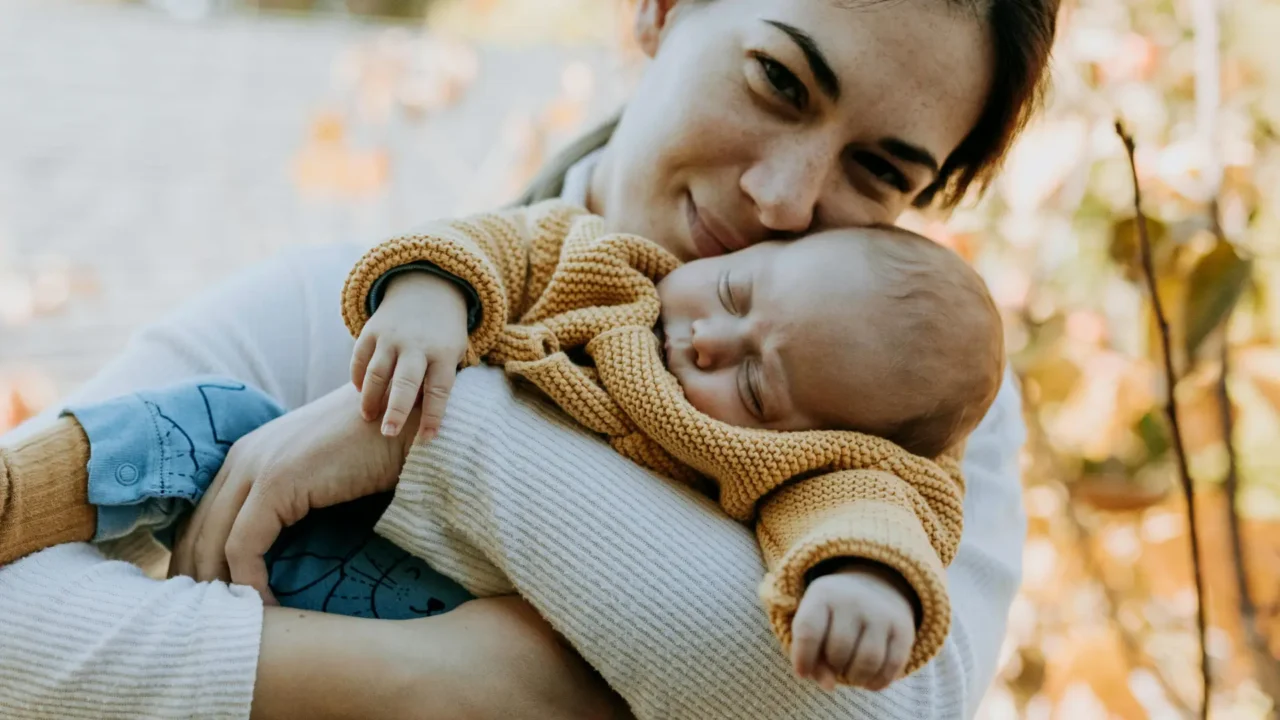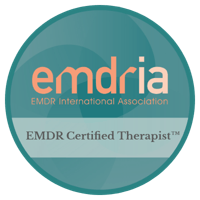Attachment trauma occurs when a child’s core emotional needs—such as safety, consistency, affection, and nurturing—are unmet or unpredictably met by primary caregivers. These early disruptions can leave a lasting impact, shaping the way a person relates to themselves and others well into adulthood. Instead of developing a secure attachment style, where one feels safe to both give and receive love, a person may develop an insecure attachment pattern in response to trauma.
Below are the four main types of attachment trauma and how each may show up in everyday life:
1. Avoidant Attachment
Avoidant attachment often develops when a child’s caregivers are emotionally distant, overly critical, or unresponsive to emotional needs. These children learn early that expressing their feelings or seeking comfort may be met with rejection or indifference. As a result, they learn to suppress their needs and emotions in order to avoid being hurt.
In adulthood, individuals with avoidant attachment may appear independent, self-reliant, and emotionally distant. They may avoid vulnerability, struggle with intimacy, and pull away when relationships become too emotionally intense. The internal message becomes: “I can’t rely on others, so I must take care of myself.”
2. Anxious Attachment
Anxious attachment arises when a child experiences inconsistent caregiving—sometimes caregivers are loving and attentive, and other times they are distracted, rejecting, or unavailable. This unpredictability causes children to become hyper-vigilant, constantly scanning for signs of disconnection.
Adults with anxious attachment often seek constant reassurance, fear abandonment, and feel easily rejected—even when no rejection is taking place. They may struggle with jealousy, clinginess, and worry excessively about their partner’s feelings. Internally, they believe: “I’m not lovable unless I work hard to earn love.”
3. Disorganized Attachment
Disorganized attachment typically results from exposure to frightening, abusive, or neglectful caregivers. These caregivers may be both a source of comfort and fear—placing the child in an impossible bind. The child doesn’t know whether to seek protection or run from it.
This attachment style presents as a confusing mix of anxious and avoidant behaviors. Adults with disorganized attachment may crave closeness but fear it at the same time. They often experience intense internal conflict in relationships, swinging between pushing others away and clinging desperately to them. They may also experience symptoms of dissociation, emotional numbing, or extreme difficulty managing emotions.
4. Reactive Attachment Disorder (RAD)
RAD is a severe form of attachment trauma that occurs in early childhood due to chronic neglect, abuse, or repeated changes in caregivers (such as in foster care systems). Children with RAD struggle to form any healthy attachment bonds and often mistrust or reject affection entirely.
In adulthood, individuals with RAD may display emotional withdrawal, difficulty forming close relationships, and sometimes struggle with empathy or regulating emotions. This disorder is typically diagnosed in early childhood, but without treatment, its effects can persist into adult life.

How EMDR Helps Heal Attachment Trauma
Eye Movement Desensitization and Reprocessing (EMDR) therapy is a powerful tool for healing the wounds of attachment trauma. EMDR works by helping the brain reprocess traumatic memories, reducing the emotional charge associated with past events and reshaping negative beliefs developed in childhood.
Here’s how EMDR helps:
- ✅ Reprocesses traumatic memories so they no longer activate the nervous system or fuel attachment fears.
- ✅ Builds emotional resilience, making it easier to tolerate vulnerability and trust in healthy relationships.
- ✅ Restructures internal narratives, helping individuals replace thoughts like “I’m not safe” or “I’m not lovable” with beliefs rooted in safety, connection, and worthiness.
- ✅ Promotes integration of previously fragmented memories, helping clients feel more emotionally grounded and present in their relationships.
Are past attachment wounds affecting your relationships or sense of self-worth? Healing is possible. As a certified EMDR therapist, I specialize in helping individuals process childhood trauma and build healthier relationships through attachment-informed care.
💡 You don’t have to stay stuck in old patterns—healing starts with one step.
📍 Virtual sessions available in NC, SC, TN, OK, CO, OR, and VT.
➡️ Learn more about working with me at www.elnitaottey.com or find a certified EMDR therapist near you at www.emdria.org.








